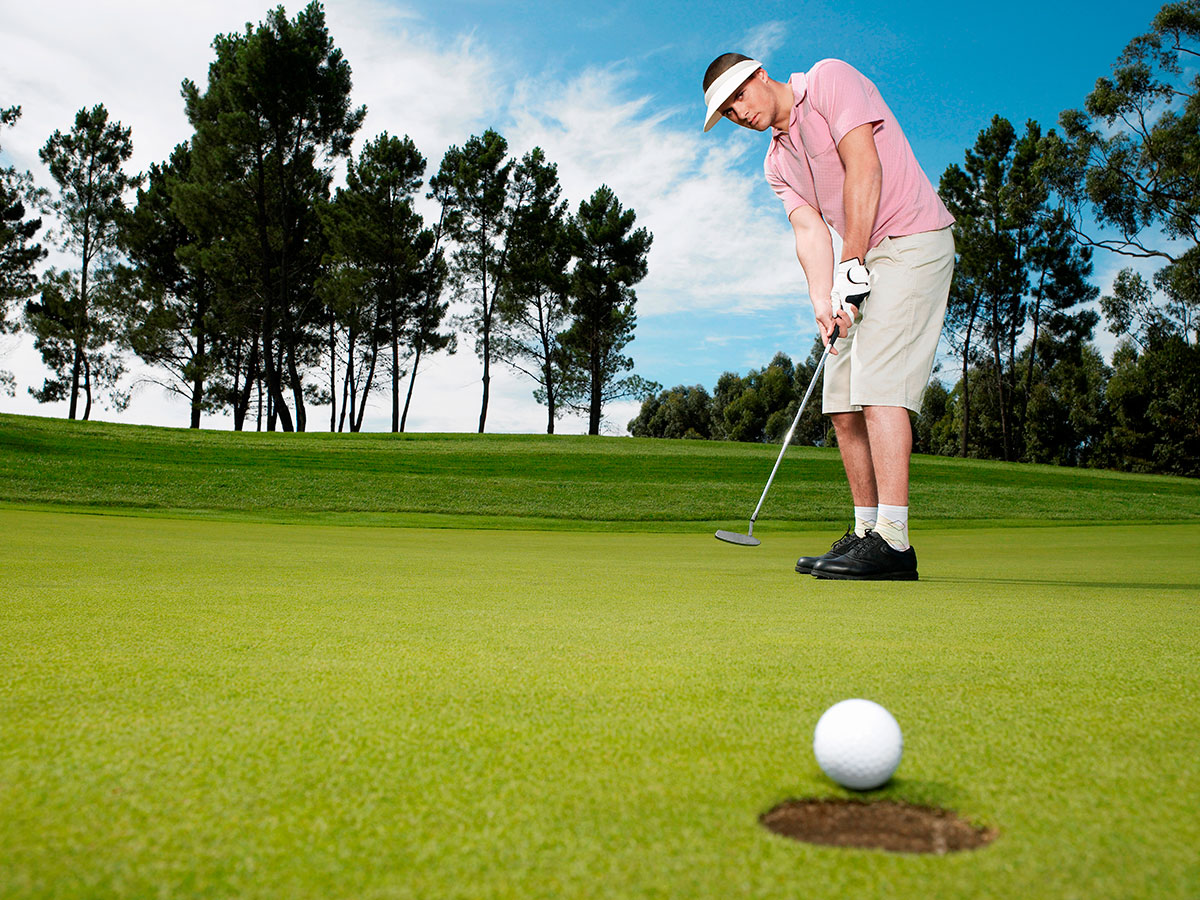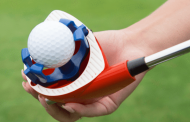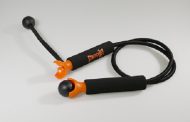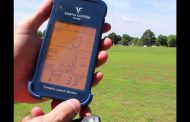Putting is one area of the sport many golfers neglect, especially amateurs, as they spend much of their time at the driving range, if not on the golf course itself. However, putting can be the difference between making a birdie or saving par and there is little point in having a great game, until the ball reaches the green and then seeing your round fall apart because of a few missed putts.
Much attention is given to the reading of putts and how to analyse and compensate for breaks and undulations in the green. Yes, having the ability to read a green is very important when making a putt and we have discussed this in a previous article. However, successfully reading the line of a putt is only part of the job, you also need to be able to judge the speed of a putt correctly.
If you have been left with a 20-foot putt for example and spend time getting a good read but neglect the speed element of the putt, there is a good chance you will be left with a 5-foot putt to save par or maybe worse. In many ways, it is better to have judged the speed of the putt correctly and be slightly out on the read, as the ball will still be close to the hole and this will build confidence in your putting.
The best way to work on the speed of your putts, is on the practice green. Pick up a tee from your golf bag and insert it into the practice green, about 2 feet behind the hole. Position a number of golf balls 15 feet away from the hole and practice putting them towards the hole but ensure they do not go beyond the tee. Having consistently got the ball close to the hole and no further beyond it than the tee, you can move a further 5 feet away from the hole, to 20 feet and practice the same drill.
The key to this drill, is not to be sinking putts every time but to understand the speed of your putts and the way your putting stroke reflects in the distance the golf ball travels.
By practicing this drill, you will be able to judge the speed of your putts consistently and those dreaded three putts, will quickly become a thing of the past.






































